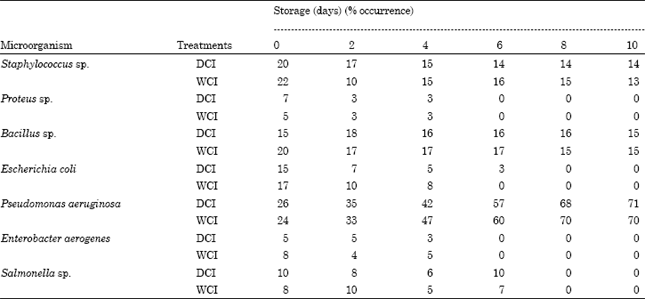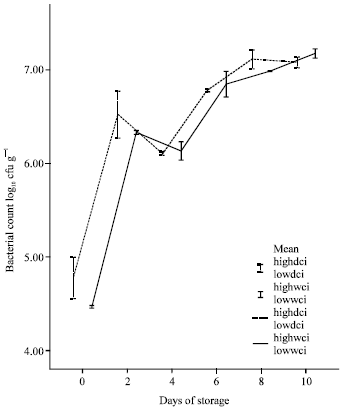Research Article
Microbiological Changes in Freshwater Prawn (Macrobrachium vollenhovenii, Herklots 1857) Stored in Ice
Department of Fisheries, Faculty of Science, Lagos State University, Ojo, Lagos State, Nigeria
LiveDNA: 234.980
S.B. Bakare
Department of Microbiology, Faculty of Science, Lagos State University, Ojo, Lagos State, Nigeria











ADEFAMOYE, TOYIN E. Reply
This paper has been able to enlighten some unknown reasons for changes in iced prawn. Thanks so much